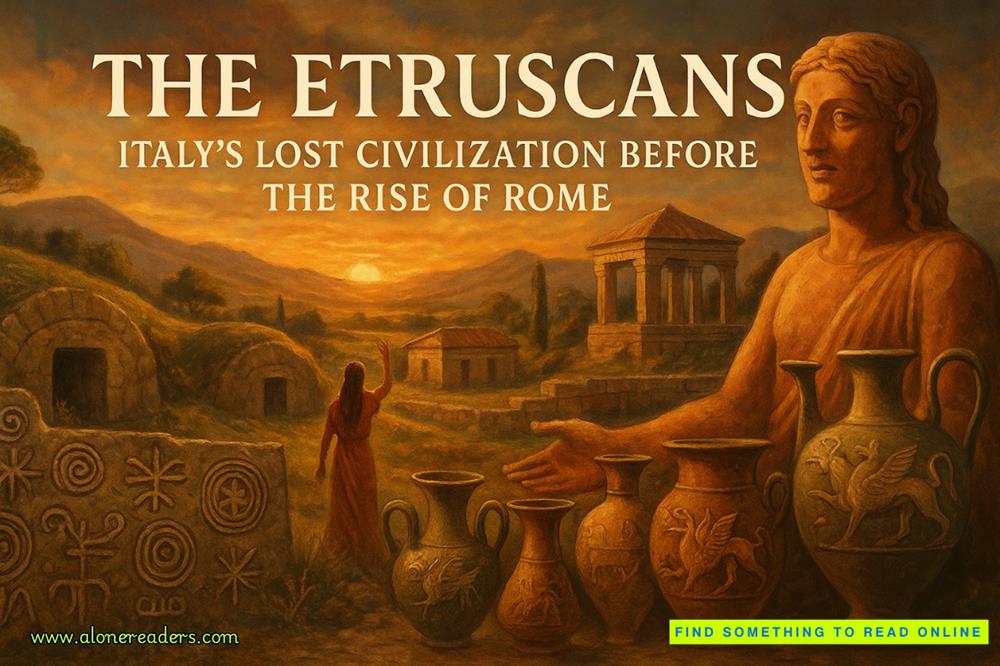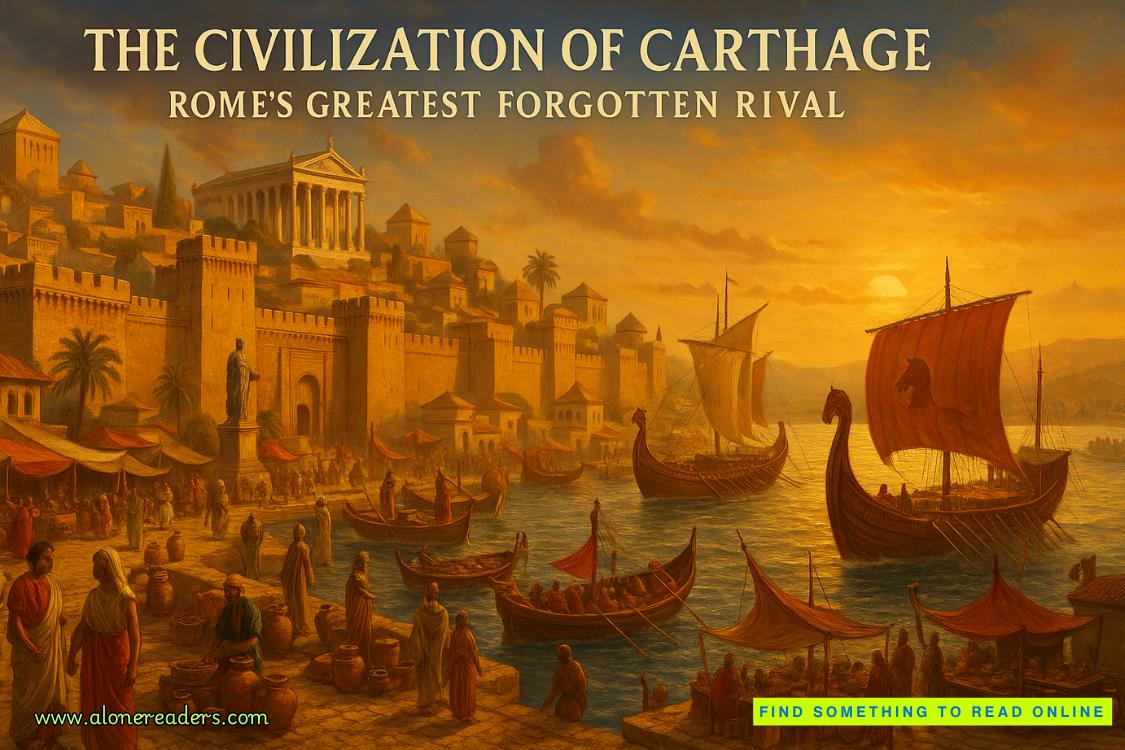Page 146 of Project Hail Mary
A bunch of oxygen just passed over very hot metal pipes no thicker than a human hair. They burned. That’s the smoke I saw coming out of Rocky’s vents. His radiator was literally on fire.
Jesus.
The whole organ must be completely full of soot and other combustion products. And the capillaries will be coated in oxides, which ruin heat conductivity. Heck, oxides areinsulators. The worst-possible outcome.
Okay. If he’s dead, he’s dead. I can’t do any further harm. But if he’s alive, I have to help. There’s no reason not to try.
But what do I do?
—
So many pressures. So many temperatures. So many air mixtures. I have to keep track of them all. My own environment, Rocky’s environment, and now the Adrian Astrophage breeding-ground environment too.
But first: gravity. I’m sick of living inThe Poseidon Adventure.Time to right this ship.
I make my way back “down” to the control room. The center panel is ruined, but the others work fine. And they’re interchangeable anyway. I’ll mount a replacement in the middle when I have time.
I bring up the Centrifuge screen and poke around at the controls a bit. I finally find the manual controls for the crew-compartment rotation. They were buried pretty deep in the options; I’m glad I didn’t try to find them during the crisis.
I order the crew compartment to rotate. Very, very slowly. I set the rate at 1 degree per second. It takes three minutes to turn around. And I hear a lot of thunks, clunks, and crashes from the lab. I don’t care about any of that. I just want to make sure Rocky doesn’t get further injured. This slow rate should make his body slide along the airlock ceiling, then along the wall, and finally to the floor. That’s the plan, anyway.
Once the rotation is complete, things are back to feeling normal, albeit at half a g. I go back down to the dormitory to check on Rocky. He’s now on the airlock floor, and still right-side up. Good. He slid rather than tumbled.
I really want to work on Rocky, but I have to make sure the adventure that may have killed him wasn’t in vain. I grab the sample container from the ship’s airlock. I’m kind of glad I left it there, honestly. It got cushioned from the crazy sudden accelerations by the EVA suit wadded up with it.
Rocky had the foresight to put readouts on the sampler to tell us what the temperature and pressure inside were. They’re analog dial indicators in Eridian base-six numerology. But I’ve seen enough of that to be able to translate. The inside of the ball is minus 51 degrees Celsius with a pressure of 0.02 atmospheres. And I know from my spectrometry earlier what the atmospheric makeup is.
Okay, that’s the environment I have to duplicate.
I sort through what’s left of the lab. It’s slow going because I only have minimal use of my left arm. But I can use it to help slide things aside, at least. Just no heavy lifting for now.
I find a vacuum container that’s only a little broken. It’s a drum-shaped glass cylinder about a foot in diameter. I patch up the crack with epoxy and give it a test. It’s able to pump the air out and maintain a vacuum. If it can maintain a vacuum, it can maintain 0.02 atmospheres.
I put the sample container inside.
The chemical-storage cabinet is still firmly anchored to the wall. I open it up. Everything is jumbled around inside, of course, but most containers look intact. I grab the small vial of Earth Astrophage.
There’s about a gram in there, included in the supplies for testing purposes. I can always get more if I need it. All I have to do is cut any of the Astrophage-based coolant lines in the hull. But there’s no need for that right now.
The sample is an oily sludge at the bottom of the vial. I open the vial and scoop it up with a cotton swab. (That gram of Astrophage has 100 trillion Joules of energy. Best not to think about it.)
I smear the Astrophage along the inner wall of the vacuum chamber and drop the cotton swab in next to the sample probe.
I pump all the air out of the vacuum chamber.
The chemistry supplies include several small cylinders of gases. Thankfully, steel cylinders are tough, so they survived the game of cosmic pinball we just went through. I add gases into the vacuum chamber, one at a time, through the infeed valve. I want to replicate Adrian’s atmosphere. I pump in carbon dioxide, methane, and even argon. I don’t imagine the argon will matter—it’s a noble gas, so it shouldn’t react with stuff. But that’s what I used to think about xenon, and that turned out to be wrong.
I don’t have any way to chill the air in there to minus 50 degrees, so I’ll just have to hope whatever the life inside can handle Earth room temperature.
I hear a click just as I finish putting the argon in. It’s the sampler. Just as Rocky designed them to do, the little valves opened when the outside pressure matched the pressure at the Astrophage breeding altitude on Adrian. Good old Rocky. Best engineer I’ve ever met.
Okay. I’ve made the sample as safe as I can. The air composition and pressure is as close to its native environment as I could get it, and there’s plenty of Astrophage to eat. If there are any microscopic predators in there, they should be in good shape.
I wipe my brow with my bandaged arm, and immediately regret it. I wince in pain.
“How hard is it, Ryland?!” I seethe to myself. “Stop using your burned-up arm!”
I climb back down the ladder to the dormitory.















